AL JAZEERA journalist free to report
Silvia Cattori
Translated for Cageprisoners by Sue Bingham
Standing straight and tall, an impressive and deeply introspective man, Sami El Haj walks with a limp and the help of a walking stick. Neither laughter nor smiles light up the refined face of this man, old before his time. A deep sadness pervades him. He was 32 years old when, in December 2001, his life, like that of tens of thousands of other Muslims, became a horrific nightmare.
He endured horrendous suffering. Weakened by a hunger strike which lasted 438 days, set free on the 1st May 2008, he greets you attentively and with a gentle manner. He calmly tells you of a world whose paralysing, suffocating horror is beyond your comprehension.
He is the first of the released detainees from the camps built by the Bush administration at the Guantánamo Bay naval base to be authorised to travel.
"I came to Geneva, the city of the United Nations and freedom, [1] to ask for the law to be respected, to demand the closure of the Guantánamo camp and secret prisons, and to demand that this illegal situation be brought to an end", he says calmly. The word has been uttered. Everything is "illegal"; everything is false, manipulated, absurd and Kafka-esque in this war waged essentially against those of the Muslim faith.
We now know many things; most notably that many of the terrorist attacks since 1996 which have been attributed to Muslims were financed and manipulated by secret agents of MI6, the CIA and Mossad.
BUT THAT IS TO HARD TO COMPREHEND.. I MEETS THE IGNORANCE OF MOST OF US.
With neither pencil nor paper, Sami El Haj forced himself to memorise everything in order, even in a cage, to carry on his work as "an Al Jazeera journalist covering a story", as he put it.
Today he is driven by the idea of bringing to the world.s attention these tens of thousands of prisoners who are still suffering inhuman treatment in the prisons of Guantánamo, Bagram and Kandahar. He replies tirelessly and with good humour to all the journalists who interview him, hoping that his words will allow those who no longer have a voice to be heard.
His account is crucial. Like the other detainees, also wrongly labelled as "terrorists", Sami El Haj was never tried and was never informed of the charges against him. Which demonstrates that President Bush, and the journalists who supported his theories, must have invented the "Islamic terrorists". Human beings like Sami El Haj could never have been arrested or remained hostages of this barbarism, for the simple reason that they are Muslims, without the complicity of European governments and those Islamophobic propagandists under the orders of Tel Aviv and Washington who, for decades, have been disinforming public opinion and influencing the powers that be with their lies.
Silvia Cattori: How do you feel, just a few short weeks after your liberation?
Sami El Haj: I feel fine, thank you. When I see people committing themselves to saving human beings and fighting to defend their rights, it gives me great comfort. Of course, when I left Guantánamo, two months ago, I was in a very bad way. But now I feel better, discovering that people outside are fighting and not losing sight of the main goal . achieving peace and freedom for everyone.
SC: After those painful years spent in the camps, what are your strongest feelings and greatest hopes?
SEH: Of course, I am happy to be free again. I have been reunited with my family, my wife and my son. For six and a half years he did not see me, and had to go to school without me. He waited for me and said," Dad, I have missed you for so long! I was so unhappy, especially when I saw my school friends, with their fathers, and they asked me where my father was. I had no answer to give them. That.s why I asked my mum to take me to school in the car, because I didn.t want them to keep asking me that question".
I said to my son, "Now, I could take you to school, but you must understand that I have a message to give, a just cause to defend. I want to fight for the cause of human rights, for those who have been deprived of their freedom. I do not want to fight alone. There are thousands of people who are standing up and fighting wherever human dignity is attacked. Do not forget that we are fighting for peace, to defend rights whenever they are denied, for a better future for you. Perhaps one day we will achieve this, and then I will be able to stay with you and take you to school".
I do not know if he understood, because he is still very young, but he smiled at me. My wife did not want me to leave again either. But when I reminded her of the horrific situation those imprisoned in Guantánamo find themselves, and that they also have a family, sons, daughters, a wife whom they miss terribly, and that if I do not fight these people will remain imprisoned even longer, she understood that I must carry on travelling, adding my voice to all the other voices, so that the detainees can return home as soon as possible. She gave me her full support. On the way to the airport she said to me, "I will pray for you".
SC: So, by going to Afghanistan to film the massacres of civilians, victims of President Bush.s war, you yourself became one of his victims? Are you not afraid of what could happen to you again?
SEH: For me, there is no question - I will continue my work as a journalist. I must continue carrying a message of peace, no matter what. For my part, I have spent six years and six months in prison, far from my family, but for others it was so much worse. I lost a very dear friend, a journalist with Al Jazeera: he died in Baghdad, killed when the hotel where he was staying was bombed. I also lost a colleague who was working with me at Al Jazeera, whom I consider a sister: she too died in Baghdad.
Many people have lost their lives because of this war. You must know that the Bush administration wanted to prevent coverage by the free media, like Al Jazeera, in the Middle East. The Al Jazeera offices in Kabul and Baghdad were bombed.
In 2001, when I left my son and my wife to film the war initiated by the USA against Afghanistan, I had to expect finding death during a bombing raid. I went there fully aware of the risks. Every journalist knows that he is carrying out a mission and must be ready to sacrifice himself in order to bear witness to what is happening, through his films and writing. And to help people understand that war brings nothing but the death of the innocent, destruction and suffering. It is on the basis of this conviction that my colleagues and I went to countries at war.
Now, after all these years in captivity, I can once again do something to help bring about peace. I am going to commit myself to this goal, until it is achieved. I am sure that one day, even if I do not personally reap the fruits, we will succeed in achieving peace and the respect of human rights, as well as the protection of journalists throughout the world. I am sure that we will see the day when journalists are no longer tortured or injured doing their job, defending people.s rights to information and highlighting human rights abuses.
SC: You said at the beginning that you are feeling fine. But after such a terrible experience, and given that you were released with no apology whatsoever from your torturers, how are you able to talk about all this without resentment or bitterness?
SEH: Of course, what happened to me was very hard and my personal situation is difficult. But when I think of those who are still in Guantánamo, and their families that they miss very much and who have no news at all of them, I tell myself that my situation, as difficult as it is, is better than theirs.
I cannot forget that in Guantánamo I have left behind brothers who have been crushed, who have gone mad. I am thinking in particular of a Yemeni doctor who now lives naked in his cell because he has lost his mind.
SC: What kind of torture did they subject you to?
SEH: All kinds of physical and psychological torture. As all the detainees were Muslim, the camp administration subjected them to many forms of harassment and humiliation linked to religion. With my own eyes I saw soldiers tearing up the Qur.an and throwing it in the toilet. I saw them, during interrogation sessions, sitting on the Qur.an until their questions were answered. They insulted our families and our religion. They made fun of us by pretending to ring our God, asking him to come and save us. The only Imam at the camp was accused of complicity with the detainees and was sent away, in 2005, for refusing to tell visitors that the camp respected religious freedom.
They beat us up. They taunted us with racist insults. They locked us in cold rooms, below zero, with one cold meal a day. They hung us up by our hands. They deprived us of sleep, and when we started to fall asleep, they beat us on the head. They showed us films of the most horrendous torture sessions. They showed us photographs of torture victims . dead, swollen, covered in blood. They kept us under constant threat of being moved elsewhere to be tortured even more. They doused us with cold water. They forced us to do the military salute to the American national anthem. They forced us to wear women.s clothes. They forced us to look at pornographic images. They threatened us with rape. They would strip us naked and make us walk like donkeys, ordering us around. They made us sit down and stand up five hundred times in a row. They humiliated the detainees by wrapping them up in the Israeli and American flags, which was their way of telling us that we were imprisoned because of a religious war.
When a detainee, filthy and riddled with fleas, is taken out of his cell to be submitted to more torture sessions in an attempt to make him collaborate, he ends up not knowing what he is saying or even who he is any more.
I was interrogated and tortured more than two hundred times. 95% of the questions were about Al Jazeera. They wanted me to work as a spy within Al Jazeera. In exchange, they offered American citizenship for myself and my family, and payment based on results. I refused. I told them repeatedly that my job is a journalist, not a spy, and that it was my duty to make the truth known and to work for the respect of human rights.
SC: Today, can you find it within yourself to pardon your torturers?
SEH: Of course I will pardon them if they close Guantánamo. But if they continue to cause suffering, I will go to the courts and take action against them.
Although I know that the Bush administration has done so much harm, I still think that it.s not too late for these people to make up for their mistakes.
A distinction must be made between the administration and the people. The Guantánamo detainees know that they have friends in America, like the lawyer who came to Guantánamo and fought for my case.
SC: Am I right in thinking that they were not able to break you?
SEH: Because I am not alone, and there are people supporting me, this feeling gives me strength. In prison, I drew my strength from the belief that no free man can accept being in this position of inferiority and dehumanisation. You feel pain and sorrow but you are determined to keep alive the hope that there will be an end to it; and the idea that even in prison, it is possible to carry on your work as journalist, makes suffering easier to bear.
SC: When you were in Guantánamo, did you know that outside there where people who were fighting for you to be released?
SEH: In fact I didn.t know about them, because in prison it is very difficult to receive news, even if you have a lawyer, because he is not allowed to tell you anything. Now I do know those who work for human rights, and those who do not agree with the Bush administration. I think that every day their voice becomes stronger.
SC: Your brother, when he saw you again, said that you looked like an old man. Is that how you feel?
SEH: Personally, it is my heart that counts, and not my face or my body. I feel that my heart is as young as ever, and stronger than before.
SC: So it was a very painful experience, but in fact you have emerged from it with unforeseen benefits?
SEH: That.s right. I have been able to reap some benefits from my time spent in Guantánamo. Before going there, I only had a small family. Now I have a large family as I have gained hundreds of friends from around the world. This is very positive: I may have lost six and a half years but now, I have more friends.
SC: Are you still considered an "enemy combatant" [3]?
SEH: I don.t know, but when they released me, they said: "Now you are no longer a danger to America".
SC: And your name is not on the "terrorist list" any more?
SEH: I don.t know. I think that for them, all the people they labelled as "terrorists" will remain so. And that now they are afraid of us because they made us suffer for no reason.
SC: Do you think CIA agents will still spy on you?
SEH: Yes. The truth is that I have nothing against the country and its people. If the Bush administration makes amends for its errors, I will have nothing to complain about.
SC: Were you surprised when, as you were leaving, an officer from the Pentagon who saw you with a walking stick accused you of being manipulative?
SEH: The Pentagon officials claim that the Guantánamo detainees were criminals, but in fact five hundred of them have now returned home. How could they have been allowed to leave if they really were criminals? They are still lying.
SC: Two other Sudanese men were released at the same time as you . Amir Yacoub Mohamed al Amin and Walid Mohamed. How are they now?
SEH: The Sudanese government has treated them very well. They greeted all three of us personally at the airport. Despite the fact that the Americans had taken my passport, I was given a new one within two hours, and they did not prevent me from travelling outside Sudan.
SC: In Guantánamo, did the soldiers call you by your name or by your detainee number, "number 345"?
SEH: They never called me by my name, just "three, four, five", my prison number. Towards the end they called me "Al Jazeera". Only the Red Cross officials called me by my name.
SC: Did these officials visit you often?
SEH: When they were authorised to visit us, every two or three months. I talked to them and they brought me letters from my family.
SC: The Bush administration and the officers who had the job of torturing you knew that you were a good man, a journalist merely trying to expose the brutality with which they were treating the Afghan people, not a "terrorist". Do you know why they treated you so badly?
SEH: Most of the soldiers there were following orders from their superiors. They carried out torture with no conscience. But to be true to what happened I must say that some of them were good men. Some soldiers did use their brains.
SC: The CIA agents wrote a report on the torture in Guantánamo. When they were torturing you, did you feel that they were observing you, carrying out experiments on you?
SEH: We were under the constant supervision of military psychologists. They were not there to treat us, but to take part in the interrogations, observing the tortured prisoners so that no detail of their behaviour would escape them. The interrogations were the responsibility of Colonel Morgan, a specialist psychiatric doctor. This colonel was stationed in Guantánamo from March 2002. He had served at the Afghan prison in Bagram from November 2001. He gave instructions to the officers who were torturing us, studied our reactions, then noted every detail in order to be able to adapt the torture techniques to each detainee, which had profound pyschological consequences.
I spoke to them. I told them that the mission of a doctor is an honorable one, to help people, not torture them. They replied, "We are military personnel and we must follow the rules. When an officer gives me an order, it is my duty to carry it out, otherwise I will be imprisoned just like you. When I signed a contract with the army, I realised at the time that I must obey all orders".
SC: Amongst the torture techniques used at Guantánamo, I see similarities with those used in Israel on Palestinian political prisoners. Sleep deprivation, for example, is their speciality.
SEH: I think that most of the world.s intelligence services came to Guantánamo. I saw British and Canadians. They came to find out about the interrogation techniques, and also to supply the CIA and FBI with advice on how to torture and interrogate from what they had learned.
SC: Are you able to sleep easily?
SEH: Not like before Guantánamo. I only sleep 3 to 4 hours now. Today, when I met people from the Red Cross, I asked them to help me to overcome my problems and recommend a doctor who could help me. Seven years is not a short period of time.
SC: Wasn.t going on hunger stike a kind of self-inflicted torture? Why did you do it for such long periods, while your jailers took advantage of it to inflict even more suffering and humiliation on you?
SEH: Because we felt we couldn.t stay silent . we had to do something. That is the only way we had of making our voices heard. Going on hunger strike is of course a very painful way of taking action and is difficult to endure. But when your freedom is taken away you have to fight to restore it. It was our last resort for telling the Bush administration that a detainee has dignity, that he cannot live on bread alone and that freedom is more important.
SC: What was it like when they force-fed you?
SEH: When there were more than forty detainees on hunger strike, the administration of the camp tried to break our resistance by subjecting us to more torture. We were locked in cold rooms, stripped naked, and prevented from sleeping for long periods. Twice a day the soldiers tied us to a special chair. They put a mask over our faces and inserted a large tube into our noses, not into the stomach. The normal ration was two cans but they punished us by injecting twenty four cans and six bottles of water. Having shrunk through long hunger strikes, the stomach cannot hold such quantities. They added products which induce diarrhoea. The detainee, now sitting on that chair for more than three hours, would vomit continuously. They left us in the vomit and excrement. When the session was over they would rip the tube out violently, and when they saw the blood flowing they laughed at us. As they use infected tubes which are never cleaned, the detainees suffer from untreated illnesses.
SC: Is it thanks to that long hunger strike that you were released?
SEH: Not only because of that, but it was one of the factors that led the administration to release me.
SC: What should one make of Khaled Sheik Mohamed.s confessions [4], where he admits to organising more than thirty terrorist attacks in seventeen countries?
SEH: It is possible that they tortured him to the point where he was no longer himself. I never met him because they put him in a special camp. An officer told me that he was very badly injured. I.m sure you can imagine . they subjected him to horrific torture.
SC: When America says that he is the "number 3 Al Qaida terrorist", does that bear any resemblance to the truth?
SEH: Quite honestly I believe nothing that comes from the Bush administration. Because I was also accused of being a "terrorist". And I know better than anyone what the truth is. Those people lie too much. I never believe a single word coming from that government. I know a prisoner who was tortured so much that in the end he said, "I am Osama Bin Laden". He said what they wanted to hear so that the torture would end.
SC: So, is Al Qaida a creation of the western intelligence agencies?
SEH: As far as I.m concerned, I have never in my life met anyone who has said to me, "I belong to Al Qaida".
In Guantánamo, I met most of the detainees because the policy of the guards was not to allow the prisoners to live together for a long time in the same cell. They transferred us every week. So we got to know other people. The men I met there are all peaceful people.
Since I left, I have spoken to over a hundred of them. Those who were married have picked up their lives again and the others have got married.
SC: Do those who draw strength from prayer have a better chance of escaping madness?
SEH: Of course! If you feel that someone is there with you, especially God, you will be patient and always aware that God is more powerful than human beings. I must pray to God and thank him. I must also thank all those who supported me. I think that even if I spent my whole life saying thank you, I would not manage to thank them all. Now, through my work concentrating on human rights, perhaps I will be able to contribute to making other people.s lives happier.
SC: I feel that the media and the NGO.s in this country have not given the importance that was due to defending the rights of these Muslim prisoners[5]. For a long time denouncing the abuses committed against them was seen as a sign of sympathy for the "terrorists". Did you know that the leaders of "Reporters without borders", for example, whose mission is to protect journalists, were criticised for waiting five years before talking about your case [6]?
SEH: Unfortunately people believed whatever the Bush government told them Now they know this wasn.t true, they will put the record straight. As I have already said, if someone makes a mistake, it.s not a problem: the problem lies in pursuing the mistake.
If journalists do not feel concerned when other journalists are imprisoned carrying out their job, perhaps one day those very journalists will find themselves in prison and there will be nobody to defend them. We must work together, taking up each and every case. So if we find out that a journalist has been imprisoned it is our duty to support them, no matter what their colour or religion.
As a journalist, I want to commit myself to supporting journalists who work to defend rights and freedom. There is an enormous amount of work to do. We must stop at nothing to ensure the liberation of those who are locked away in Guantánamo and the countless secret prisons where the Bush government is depriving tens of thousands of others of their rights.
That experience in Guantánamo affected us profoundly. What I want to focus on is the need for and the importance of the defence of human rights. After all the damage that has been done, everyone now feels more concerned, I think. It is not acceptable to abandon these people who are suffering. We have an urgent responsibility to show solidarity with them.
Al Jazeera hopes to work with the free media to gather information relating to human rights and freedoms. I ask all journalists to cooperate with us in this. There were more than fifty nationalities in Guantánamo - it is a worldwide issue, and not just about individual detainees.
It is shameful that in our society, innocent people who have been sold find themselves locked in cages, and that this violation of basic rights should be the doing of a country which claims to be the guarantor of rights and freedoms.
I feel no hatred. We respect the citizens of the USA. It is their present government which should take responsibility for the consequences of these actions.
Human rights and security are inseparable . there can be no security without the respect of fundamental rights.
SC: You are right to call on decent people and journalists not to accept the violation of international laws and the cruel and degrading treatment of human beings. But this policy could not have lasted if it had not had the tacit support of the superpower governments . it was with their consent that those labelled "enemy combatants" were tortured [7]. The "Patriot Act", for example, passed after the 11th September in the US, was supported by all the European countries. It was within the framework of these secret agreements that CIA and FBI agents were able to kidnap and torture thousands of innocent men like you in Europe.
SEH: I want to say this to you: I do not believe in the actions of governments. Because any government, in any country, prefers to govern without confronting the people.s real problems. It may, at times, speak out in support of a certain cause, but in reality it does not support it. It is only for opportunistic political reasons that governments speak out. And they may even, through political expediency, claim to support something in which they do not believe. Forget governments, because they have their own agenda. Yes, we must keep working hard to defend the rights and freedoms of everyone.
SC: Is it fair to conclude that the "terrorists" as presented to us by the Bush administration and the media do not exist?
SEH: I can assure you that the Guantánamo detainees that I met are not "terrorists". I had the opportunity to talk to them and get to know them . they are pacifists.
SC: So you were arrested then, because it had to be proven to the other European countries that the Muslim "terrorists" really existed?
SEH: We were arrested after the attacks of the 11th September, for which no one has yet been able to find those responsible. President Bush did not want to say, " I have made mistakes, I was not able to maintain national security". He said, " We are going to start a war against terror". The outcome is that he has brought security to no one.
He bombed Afghanistan, sent soldiers to wage war against whole nations, but did not arrest the people that he set out to arrest. He paid the Pakistanis in return for starting to arrest people and hand them over to his administration.
89% of the prisoners in Guantánamo were bought, for hard currency, from the Pakistani authorities. Where did they find them? They found them in Pakistan, not Afghanistan.
SC: These prisoners were then tortured with the promise that it would end if they accepted becoming spies for the CIA!? What a terrifying system!
SEH: Yes. Let.s wait for President Bush to leave power. When he has left his seat, I am sure that many people will have something to say about his wrongdoing.
SC: Your testimony is very important. Your youth has been destroyed. And yet you have the magnanimity to transform this disaster into something constructive. You refuse to see yourself as a victim. You are truly amazing! So many prisoners must be hoping for help from people like you.
SEH: We must work hard, so that all those who continue to support the Bush administration feel ashamed of their actions. At that point, no one will help them. And when no one helps them, they will stop.
The whole Guantánamo episode is a huge black stain. The Bush administration tried to deceive the public by saying we were terrorists. But the great majority of those men who were imprisoned, are innocent, like me.
SC: Thank you for giving us this interview.



![[image]](http://www.olats.org/projetpart/artmedia/2002/img/courchesne1.jpg)




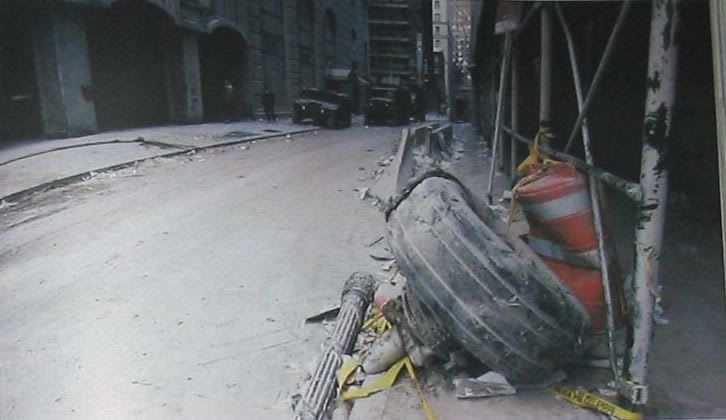
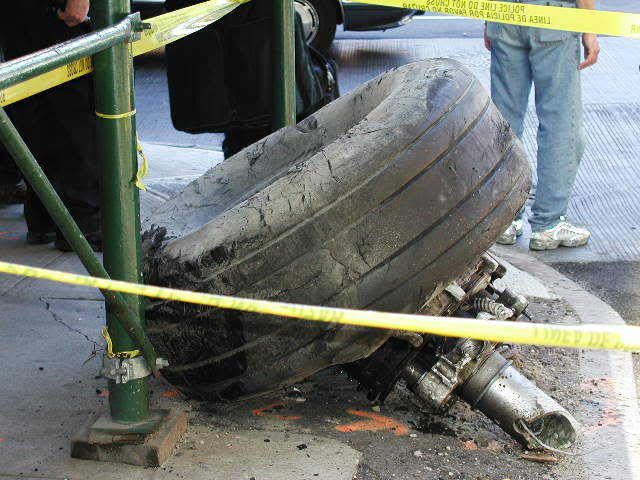
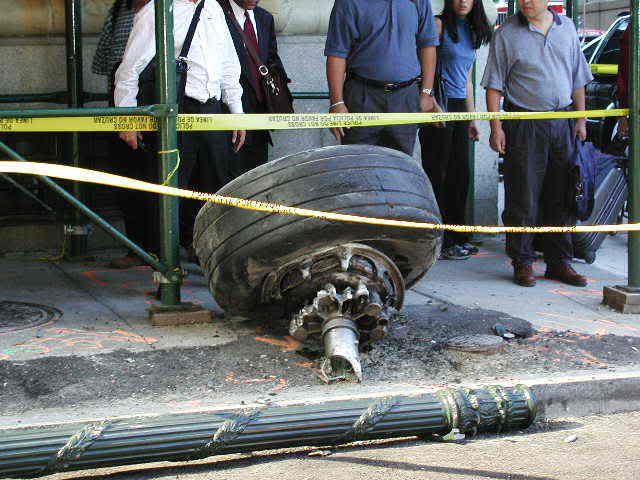
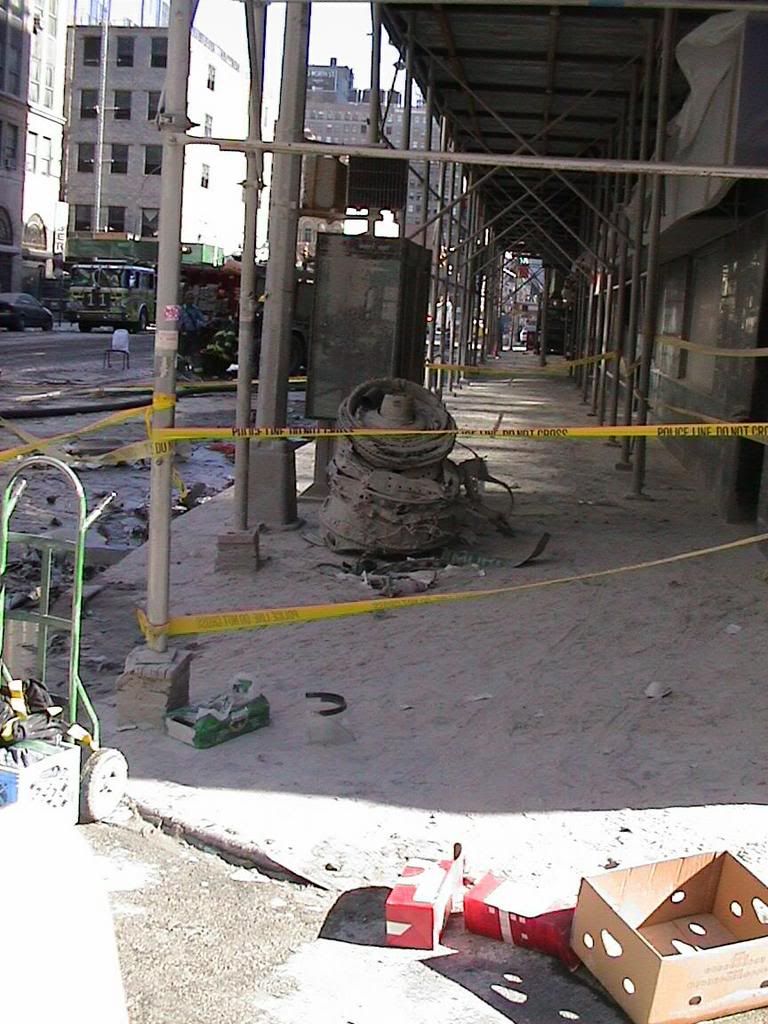
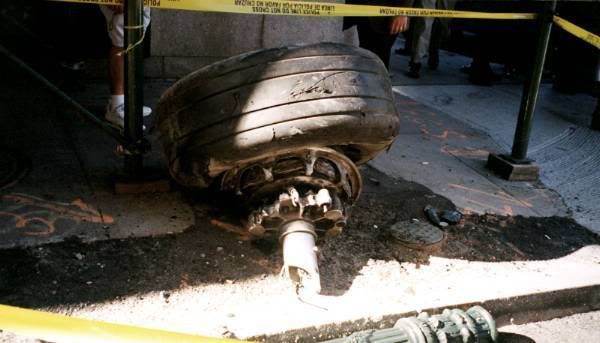





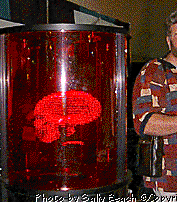
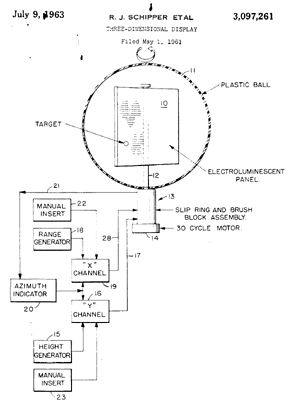
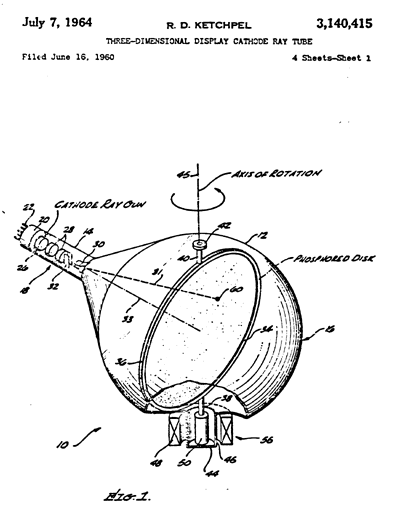
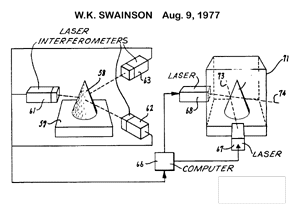
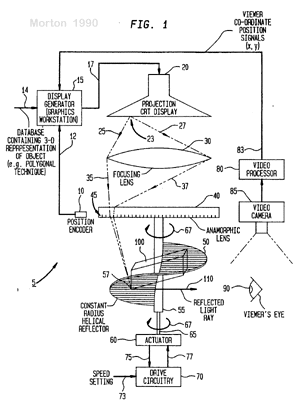
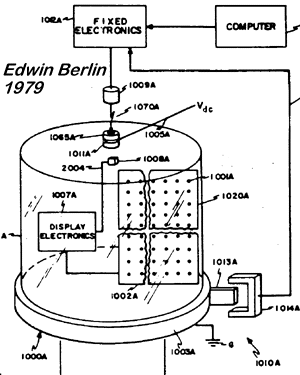
 Earth's magnetic field:
Earth's magnetic field:
